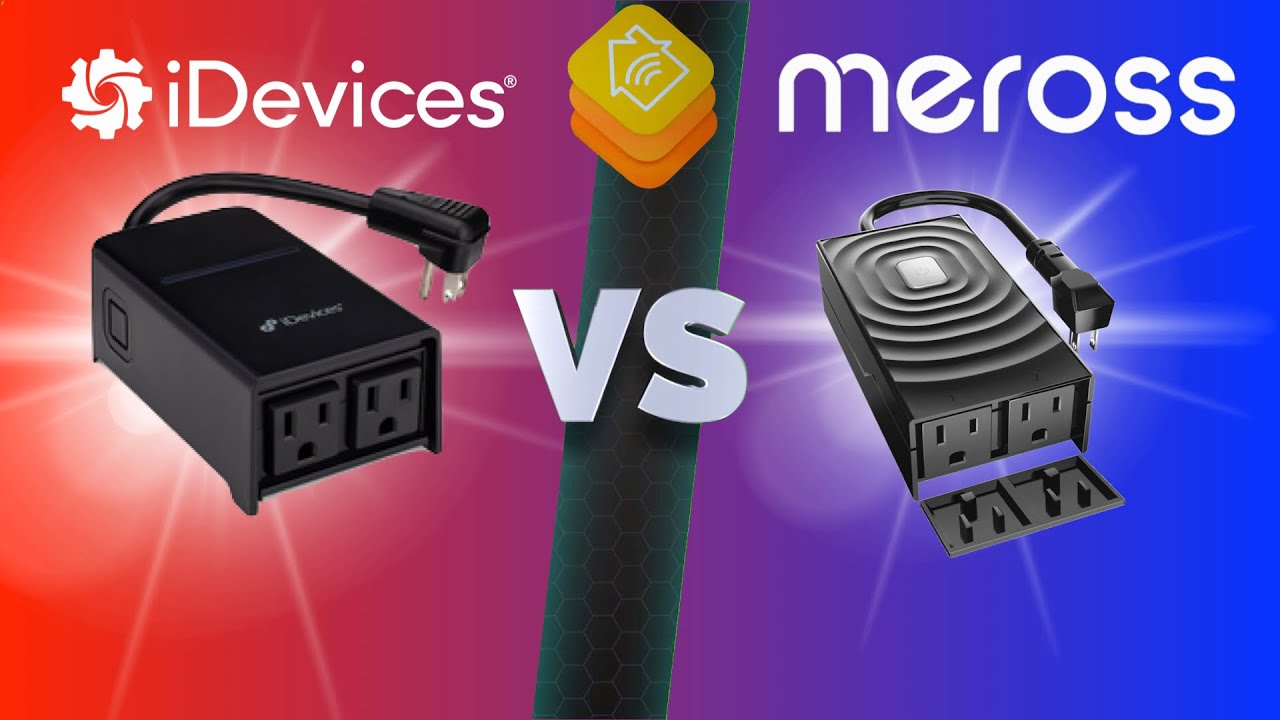Introduction
The smart home industry has evolved rapidly, with numerous brands offering a variety of devices to enhance automation, security, and convenience. Apple’s HomeKit and Meross LAN are two prominent names in the smart home ecosystem. HomeKit is Apple’s proprietary smart home platform, offering seamless integration with iOS devices, while Meross LAN provides local control over Meross smart devices, reducing dependence on cloud services.
This article delves into the differences, benefits, and drawbacks of HomeKit devices and Meross LAN to help you decide which is best for your smart home setup.
What is HomeKit?
HomeKit is Apple’s smart home framework that allows users to control compatible devices using the Home app on iOS, iPadOS, macOS, and Siri. It emphasizes security, privacy, and seamless connectivity within the Apple ecosystem. HomeKit-certified devices include smart plugs, lights, cameras, sensors, and locks, all of which can be controlled remotely through the home app or via automation routines.
Key Features of HomeKit:
Secure communication: End-to-end encryption ensures privacy and protection.
Apple ecosystem integration: Works flawlessly with iPhones, iPads, Apple Watches, and Macs.
Remote access: With an Apple Home Hub (Apple TV, HomePod, or iPad), users can control devices remotely.
Automation & Scenes: Users can create complex automation rules using the home app.
Voice control: Siri enables hands-free control of smart devices.
What is Meross LAN?
Meross LAN is a local control feature that allows Meross smart devices to function within a home network without requiring cloud connectivity. This feature enhances privacy, improves response time, and reduces reliance on the internet for smart home automation.
Key Features of Meross LAN:
Local control: Devices operate independently of cloud servers.
Enhanced privacy: No data is sent to external cloud servers, improving security.
Faster response times: Local communication speeds up device response.
Compatibility with multiple platforms: It supports HomeKit, Amazon Alexa, Google Assistant, and SmartThings.
Reduced downtime: It works even if the internet connection goes down.
HomeKit Devices vs. Meross LAN: A Feature Comparison
| Feature | HomeKit Devices | Meross LAN |
| Ecosystem | Apple-exclusive | Multi-platform |
| Security | End-to-end encryption | Local control with no cloud reliance |
| Remote Access | Requires an Apple Home Hub | Requires network access but no cloud |
| Voice Control | Siri | Alexa, Google Assistant, Siri |
| Automation | Apple’s Home app automation | Works with various third-party platforms |
| Internet Dependency | Requires internet for remote control | Functions fully without the internet |
| Device Availability | Limited to HomeKit-certified devices | Wide range of compatible devices |
| Setup Complexity | Simple for Apple users | Requires some technical knowledge for local control |
Pros and Cons of HomeKit Devices
Pros:
Seamless Apple Integration: It works perfectly within Apple’s ecosystem.
Strong Security: End-to-end encryption ensures maximum privacy.
User-friendly Interface: The Home app is intuitive and easy to use.
Reliable Automation: Apple’s automation rules are powerful and straightforward.
Cons:
Limited Device Selection: Only HomeKit-certified devices are supported.
Apple-only Ecosystem: Android users cannot access HomeKit functionalities.
Higher Costs: HomeKit-compatible devices are often more expensive.
Pros and Cons of Meross LAN
Pros:
Local Control: Functions without the internet, reducing cloud reliance.
Cross-Platform Compatibility: Works with Apple, Google, and Amazon ecosystems.
Affordable Devices: Meross devices are budget-friendly compared to HomeKit alternatives.
Fast Response Time: Local network communication speeds up device operation.
Cons:
Requires Technical Setup: Users need to configure local control settings.
Limited to Meross Products: It only works with Meross smart devices.
Less Seamless Apple Integration: While it supports HomeKit, it’s not as tightly integrated as native HomeKit devices.
Which One Should You Choose?

Choose HomeKit If:
You are fully invested in Apple’s ecosystem and want seamless integration.
Security and privacy are top priorities.
You need robust automation features with an easy-to-use interface.
You don’t mind paying a premium for Apple-certified devices.
Choose Meross LAN If:
You prefer local control without cloud dependence.
You want compatibility with multiple smart home platforms (Apple, Google, Amazon).
You are looking for a budget-friendly smart home setup.
You have the technical skills to configure local network settings.
Conclusion
Both HomeKit devices and Meross LAN offer unique benefits depending on your needs. HomeKit is the ideal choice for Apple users who prioritize security, simplicity, and deep ecosystem integration. On the other hand, Meross LAN is a great option for those seeking a flexible, locally controlled smart home experience without cloud dependency.
Ultimately, the best choice depends on your ecosystem preference, technical comfort level, and desired level of security and privacy. Whether you go with Apple’s HomeKit for its seamless automation or Meross LAN for its reliable local control, both options offer excellent smart home solutions.
